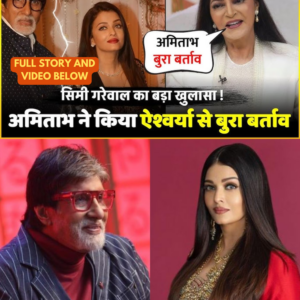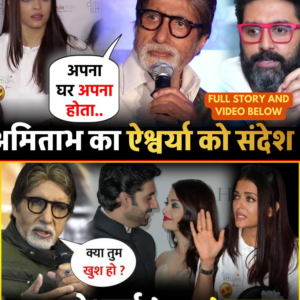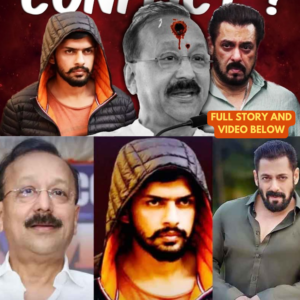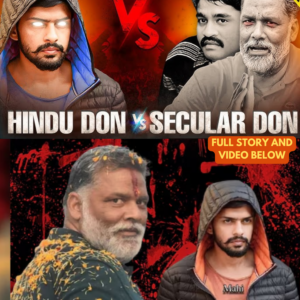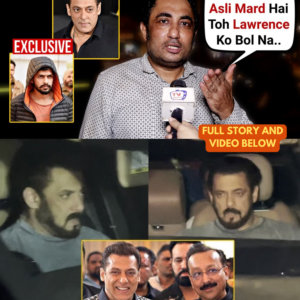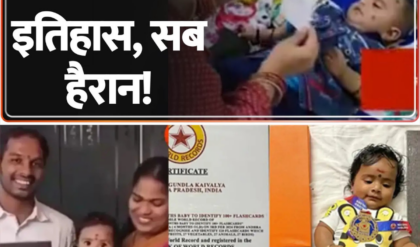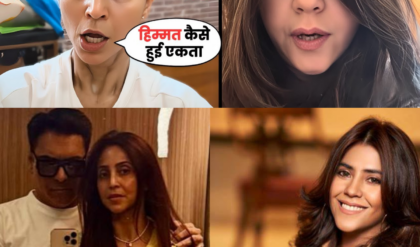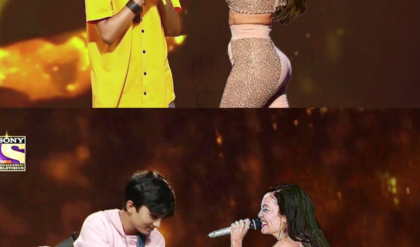In a recent live discussion, significant attention was drawn to the ongoing tensions surrounding Pappu Yadav and Lawrence Bishnoi, especially in light of recent developments involving prominent figures like Nadeem Khan and Salman Khan. The speaker began by addressing the concerning lack of security for Yadav, arguing that while some individuals may be feared or respected in their local districts, this does not justify a complete absence of protection from authorities.
The speaker vividly illustrated the disparity in treatment by comparing Pappu Yadav to a lion. He emphasized that merely wearing a lion’s skin does not confer the qualities of a lion, suggesting that Yadav’s bravado is unfounded. This metaphor served to challenge the legitimacy of Yadav’s claims about his own power and influence.
Moving to the realm of public discourse, the speaker issued a challenge for a debate on significant cultural and religious concepts. He claimed that many opponents lacked a proper understanding of fundamental terms, revealing a lack of knowledge that he found troubling. This call for dialogue underlined the speaker’s confidence in his own intellectual superiority and his desire to expose the inadequacies of his adversaries.
As the conversation progressed, the topic shifted to the reactions of Bollywood celebrities to traditional festivities like Diwali. The speaker criticized the absurdity of their concerns regarding environmental impacts and animal welfare when it came to the use of firecrackers. He suggested that these reactions often seemed disingenuous, especially in the face of cultural celebrations that are deeply rooted in Indian society.
The discussion took a more serious turn when the speaker highlighted Pappu Yadav’s contradictory statements regarding his perceived threats. Initially, Yadav boasted that he could dismantle Bishnoi’s gang within 24 hours, yet soon after, he appeared in a media interview expressing fear for his life. This juxtaposition raised questions about his credibility and the true nature of the threats he claimed to face.
Throughout the live segment, the speaker’s tone was both critical and assertive, indicating a firm stance against those he deemed hypocritical or uninformed. His use of strong imagery and metaphor served to amplify his arguments, making them more impactful for the audience. This approach not only engaged viewers but also positioned him as a central voice in the ongoing dialogue surrounding these controversial figures.
As the program unfolded, viewers were also introduced to Nadia, a co-host, who added a different perspective to the discussion. Despite her reported health issues, Nadia’s participation illustrated her commitment to addressing significant societal issues, including the challenges faced by Hindus in Pakistan. This additional layer to the conversation highlighted the broader implications of the narratives being discussed.
The live stream became a platform for addressing a range of topics, from local politics to cultural celebrations, reflecting the interconnectedness of these issues in contemporary discourse. The speaker’s ability to weave these elements together demonstrated a keen understanding of the complexities involved.
In conclusion, the discussion surrounding Lawrence Bishnoi and Pappu Yadav serves as a microcosm of larger societal debates in India. It reveals the tensions between personal narratives, public perceptions, and cultural values. As these conversations continue to evolve, they will undoubtedly shape the landscape of Indian media and politics in significant ways.
News
Amitabh Bachchan behaved badly with his daughter-in-law Aishwarya Rai | Amitabh IGNORE Aishwarya Rai
In recent weeks, a wave of speculation has emerged suggesting that all may not be well between former Miss World Aishwarya Rai and the iconic Bachchan family. This speculation has captured the attention of fans and the media, as rumors…
Amitabh gave a message to daughter-in-law Aishwarya Rai, said “No matter how your house is, it is yours”
Amitabh Bachchan, the iconic figure of Indian cinema, has a longstanding tradition of engaging with his audience through social media. He often shares reflections on his life, career, and personal philosophies. Recently, a particular post of his has stirred significant…
Salman Khan vs Lawrence Bishnoi | Why it is Happening? |
Salman Khan vs Lawrence Bishnoi | Why it is Happening? | The tension between Bollywood superstar Salman Khan and gangster Lawrence Bishnoi has become a hot topic in recent news. This clash is not just a simple feud; it embodies…
Lawrence Bishnoi Vs Pappu Yadav | Bishnoi Targets Anti-India Mafia?
In the ever-evolving landscape of India’s criminal underworld, a new chapter is unfolding, marked by the dramatic confrontation between notorious gangster Lawrence Bishnoi and the infamous Bihar don, Pappu Yadav. This rivalry has escalated recently, with Bishnoi’s gang issuing a…
LAWRENCE BISHNOI VS SALMAN KHAN, PAKISTANI PUBLIC REACTION AFTER NADEEM KHAN VIRAL VIDEO, REAL TV
The recent controversy involving Bollywood superstar Salman Khan and Lawrence Bishnoi has sparked intense discussions across communities, especially concerning allegations of animal cruelty. The speaker, representing a particular community, emphasizes that if there is evidence that Khan has harmed a…
Zubair Khan Interview On Salman Khan SCARED Of Lawrence Bishnoi After Baba Siddique News EXCLUSIVE
In a recent interview, Zubair Khan discussed the ongoing tensions between Bollywood star Salman Khan and gangster Lawrence Bishnoi. Zubair asserted that Khan seems to be living in fear of Bishnoi, suggesting that even mundane activities require the assistance of…
End of content
No more pages to load
